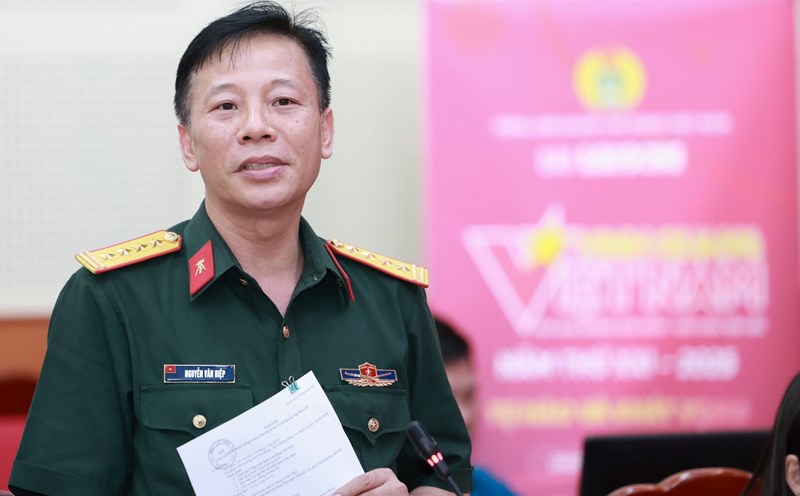This afternoon (September 16), in Hanoi, the Office of the President held a press conference to announce the President's Order on the Law on Organization of Local Government (amended).
The Law on Organization of Local Government (amended) consists of 7 chapters and 54 articles; takes effect from the date of approval (16.6.2025).
According to Deputy Minister of Home Affairs Truong Hai Long, the law has demonstrated innovative thinking towards modern local governance, creating development, removing bottlenecks, unlocking resources, meeting the goals of rapid and sustainable growth of localities in particular and the whole country in general in the new era of the country.
The National Assembly's approval of this Law also has historical significance, creating a solid legal foundation for the organization and operation of local governments according to the 2-level local government model organized for the first time in our country.
Regarding the determination of administrative units and local government organizations in administrative units, the Law establishes a model of organizing local government at two levels (provincial and commune levels) uniformly nationwide;
At the same time, it will establish a full legal basis for the local government model in the special zone; perfect regulations on the principles of organization and operation of local governments to ensure streamlining, efficiency, effectiveness, efficiency, closerity to the people, better serving the people, thoroughly implementing the principle of "locality decides, locality does, locality is responsible", promoting the proactiveness, creativity, autonomy, self-responsibility of local governments; ensuring the promotion of the application of information technology, digital transformation in the organization and operation of local governments.
To institutionalize the viewpoints and instructions of the Central Government, the Politburo and the Secretariat and the Law have perfected the principles of dividing authority, decentralization and delegation between the Central Government and local governments, between provincial and local governments at the commune level in a scientific, synchronous and unified manner; clearly defining the authority between the People's Committee and the Chairman of the People's Committee, creating conditions for implementing a flexible and effective operating mechanism, encouraging proactiveness and creativity of the head of the state administrative agency in the locality.
In particular, the Law has empowered the Chairman of the Provincial People's Committee to directly direct and manage the settlement of issues under the tasks and powers of other specialized agencies and administrative organizations under his or her authority and the Chairman of the People's Committee and the Chairman of the People's Committee at the commune level, in case necessary, not to let the settlement of administrative work and procedures for people and businesses stagnate, congestion, or be ineffective.
The transition from a 3-level local government model to a 2-level one is an important and historic reform step. To ensure continuity, smoothness and stability in this transformation process, the Law has fully, comprehensively and taking into account issues that may arise in practice, from the organization of the apparatus, personnel to administrative handling procedures and operating mechanisms.
Accordingly, the Law stipulates the transition for wards of Hanoi City, Ho Chi Minh City and Da Nang City to implement the urban government model (currently only organize People's Committees, not organize People's Councils) to the local government organization model (with full People's Councils and People's Committees) to operate smoothly and effectively from July 1, 2025.









